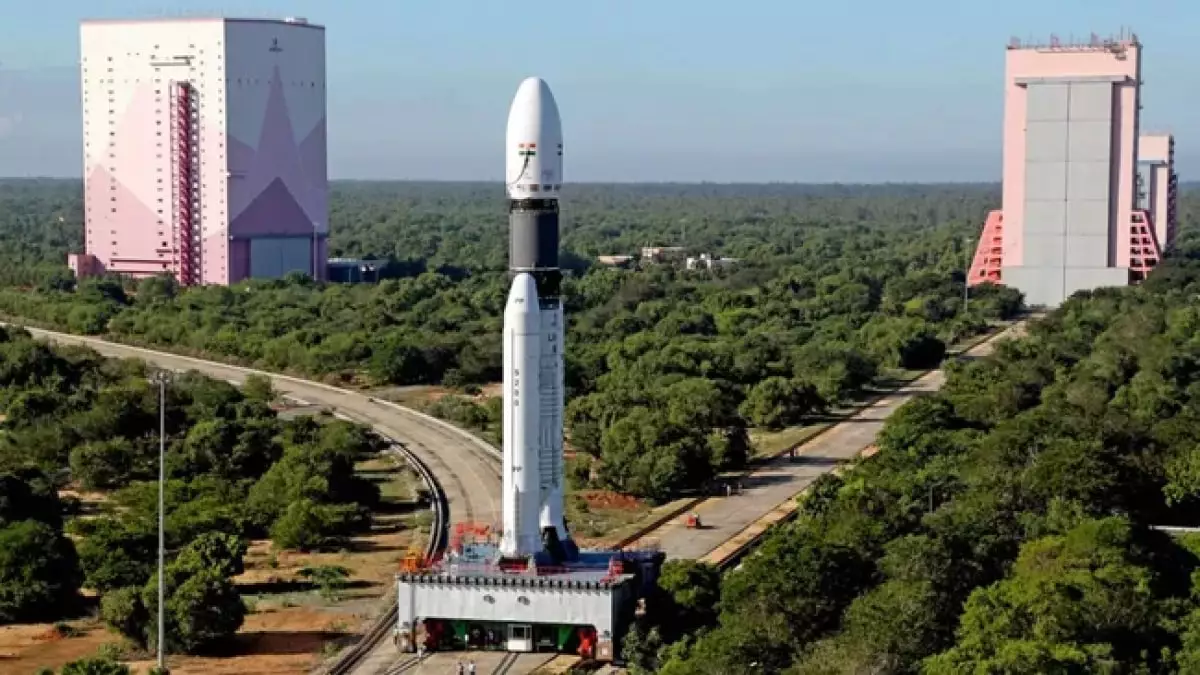India’s long-anticipated Gaganyaan mission, aimed at sending its first astronauts into space, has been postponed to 2026, a change that signifies the importance of safety in aerospace exploration. Chairperson of the Indian Space Research Organisation (ISRO), S. Somanath, made the announcement, highlighting a strategic delay that extends the timeline by one year. This decision is particularly crucial given the recent technical challenges faced by various space agencies, which stress the need for cautious and thorough preparations.
Prior to the inaugural crewed mission, several uncrewed test flights are planned to take place. The first of these is slated for December 2023, and it is pivotal for confirming the integrity and functionality of the essential systems that astronauts will rely on during their journey. Somanath emphasized that India’s gradual approach of comprehensive testing prepares their technology for robust space travel and aligns India alongside prominent space-faring nations like the United States, Russia, and China.
With the Gaganyaan mission—designated as H1—set to transport one or two astronauts to low Earth orbit approximately 400 kilometers above Earth, it is essential that ISRO not only meets technical benchmarks but also instills confidence in its operations. The undeterred commitment toward safety includes rigorous evaluations of emergency escape protocols and recovery systems, all designed in-house, which showcases India’s advancing aerospace engineering capabilities.
Innovative Technology and Training Initiatives
An interesting facet of the Gaganyaan mission is the inclusion of a humanoid robot named Vyomitra in the upcoming G1 test flight. This robot will assist in testing key procedures such as re-entry dynamics, parachute deployment, and ensuring a safe splashdown in the Bay of Bengal. In addition to the G1 flight, three subsequent uncrewed flights will provide more opportunities to assess systems under conditions that simulate actual space missions.
Moreover, the astronaut selection for Gaganyaan is progressing well, with intensive training for the crew ongoing both domestically and internationally. Shubhanshu Shukla, a trained pilot from the Indian Air Force, is currently gaining experience to facilitate operations on the International Space Station. Supported by former NASA astronaut Peggy Whitson as mission commander, Shukla’s training covers skills vital to the success of the Gaganyaan programme, including navigation and spacecraft docking.
In a show of commitment to the Gaganyaan programme, the Indian government has significantly increased funding for the initiative, augmenting its budget by 111 billion rupees. This financial backing will ensure that all final testing and crew training phases are well-supported, propelling the mission closer to fulfillment.
As components move toward ISRO’s launch site at Sriharikota, India’s dream of its first crewed spaceflight inches ever closer to reality. The Gaganyaan mission not only represents a monumental step in India’s quest for self-reliant aerospace capabilities but also reinforces the country’s dedication to achieving a secure and dependable path to space travel.

Leave a Reply